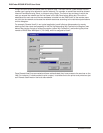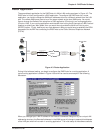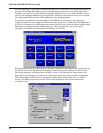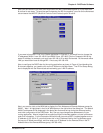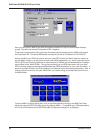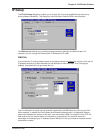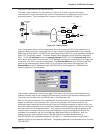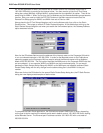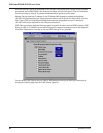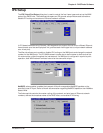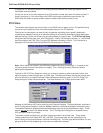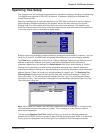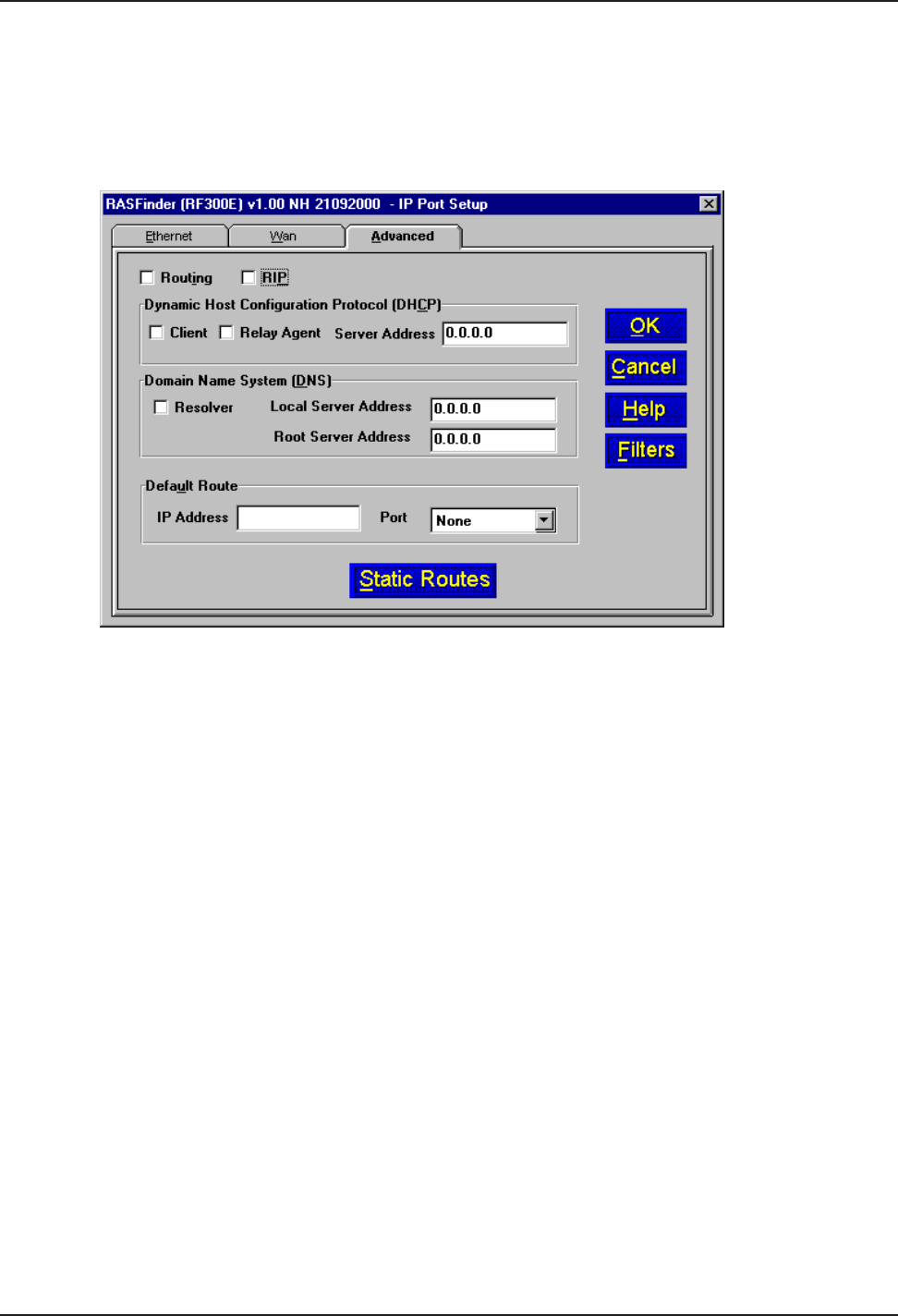
RASFinder RF300E/RF310E User Guide
RF300E/RF310E56
Remote IP Address defines the IP address for the destination end of a point-to-point link and is
necessary only if the selected WAN port has been enabled for point-to-point operation.
Note: the remote IP address must fall within the same IP network as the local WAN IP address.
The Advanced tab is used to enable IP routing and RIP authentication and defines how the Dynamic
Host Configuration Protocol (DHCP) and Domain Name System (DNS) servers are to be used. This
tab is also used to set up the default route, any filters, and Static Routes.
The Routing option is normally checked; however, if you do not wish to have IP packets routed, then
uncheck this item. If IP routing is disabled and bridging is enabled, IP packets are bridged; i.e., IP
packets are transferred.
The RIP option enables RIP based routing. RIP (Routing Information Protocol) is a protocol used
among routers to exchange routing table information. RIP is the most common protocol used in both
IP and IPX networks. It is also used internally by client workstations in IPX networks to obtain routes
(shortest, or otherwise) to any distant network. RIP based routing should normally be enabled. It can
be disabled, however, if you are using WAN links in Dial on Demand mode. For DOD links, disabling
RIP will reduce traffic on the link as it will also disable periodic RIP broadcasts. RIP routing on a given
port will be automatically turned off when Dial on Demand is enabled on the PPP Port Setup tab for
the WAN port.
The DHCP (Dynamic Host Configuration Protocol) group enables you to set up the WAN ports as
client-only. Then, a PPP client connected to the WAN port will be on the same IP network as the LAN
port of the RASFinder. This feature can save some extra IP addresses that otherwise would have
been taken up by the WAN port. Enabling the Client option allows the RASFinder to dynamically get
an IP address for a PPP client coming up on one of its “Client-only” WAN ports. When this option is
enabled, there must be a DHCP server or a DHCP relay agent on the connected LAN in order for the
RASFinder to acquire an appropriate IP address.
When the router is configured for remote access, the DNS Resolver needs to be enabled so that
applications such as the terminal server will support Domain Names. The dotted decimal IP address
of the Local DNS server should be entered in the field provided.
The Static Routes feature allows a router to direct packets from the local network down a predefined
path (static route) to a remote network. Static routing is normally used when a part of an internetwork
can be reached by only one particular path. Static routes are manually configured routes that specify
the transmission path a data packet must follow based on the data packet’s destination address. A
static route can be setup on the corporate network so that a client pc on the manufacturing network



